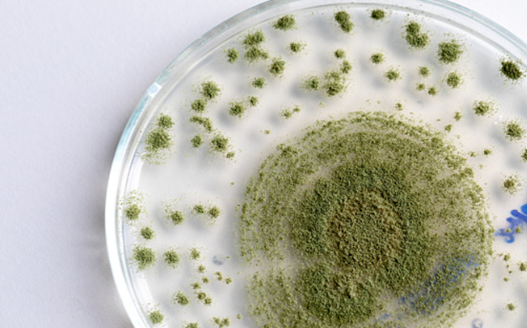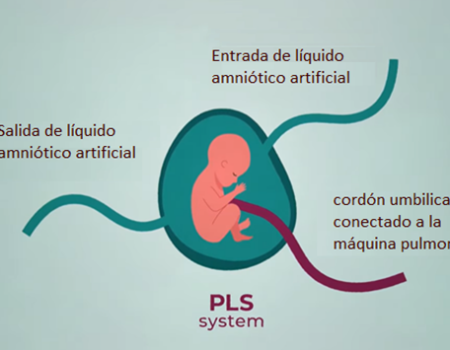
Full Time Professor
Bioengineering and Chemical Engineering Department
Researchers from the College of Environmental Science and Engineering, Donghua University, China, have conducted a study with the cake resulting from the sugarcane filtration process (SFC), to obtain an organic fertilizer. The importance of this study is based on that in addition to using a residue as a raw material, it was found that this product allows the absorption of some heavy metals.
Although CFS contain sucrose in high concentration, in addition to fiber, crude protein among others, which could be attractive as by-products thus promoting the circular economy, have characteristics that limit its application. For example, they contain high concentration of water, long time of humidification and bad odor so their use is restricted. For this study, they reacted the CFS with the product obtained previously from the activation of potassium persulphate (PS),with calcium hydroxide (CH), called PS-CH, the effect of this activation on the SFC allowed to obtain an organic fertilizer (CH-PS/SFC) in whose composition a high concentration of substances with properties similar to fulvic acid (FLA) was detected.
Regarding the results obtained, it was observed that, during the process of humidification of sucrose, there was color change between the initial CFS that was dark green to yellow, probably due to the presence of FLA in the product (CH-PS/SFC). On the other hand, the maximum temperature during this process was 80.3°C in 20 minutes, that is, it was achieved at a shorter time compared to traditional composting. Likewise, the humidity of SFC was reduced by 20% due to the high humification temperature caused by CH-PS. On the other hand, after the activation process it was observed that the pH of the SFC increased from 8 to 13, suggesting that the final product could be used to remedy pollution due to acidic soils.
As for the FLA content increased after activation of SFC with CH-PS from 102.5 mg/g to 316.8 mg/g. They also observed improvements in the amount of potassium (K) and the organic matter content in the product, meeting international standards for organic fertilizers.
This product was tested with Chinese cabbage seedlings, using a plastic pot to which soil contaminated with acidic substances was placed (pH 4.8), on top the product was spread (CH-PS/SFC) and finally the Chinese cabbage was placed. The experiment was performed in a greenhouse with a relative humidity of 70%, 12 hours of light per day and at 25°C, every 3 days a solution of heavy metals (Cu(II), Pd(II) and Cd(II)) of 2ppm concentration was sprayed. After 25 days of study, they observed that CH-PS/SFC improved the growth of this plant, reduced the number of yellow leaves, increased chlorophyll content and decreased the absorption of heavy metals.

References
Fuente: https://doi.org/10.1021/acssuschemeng.3c03511




